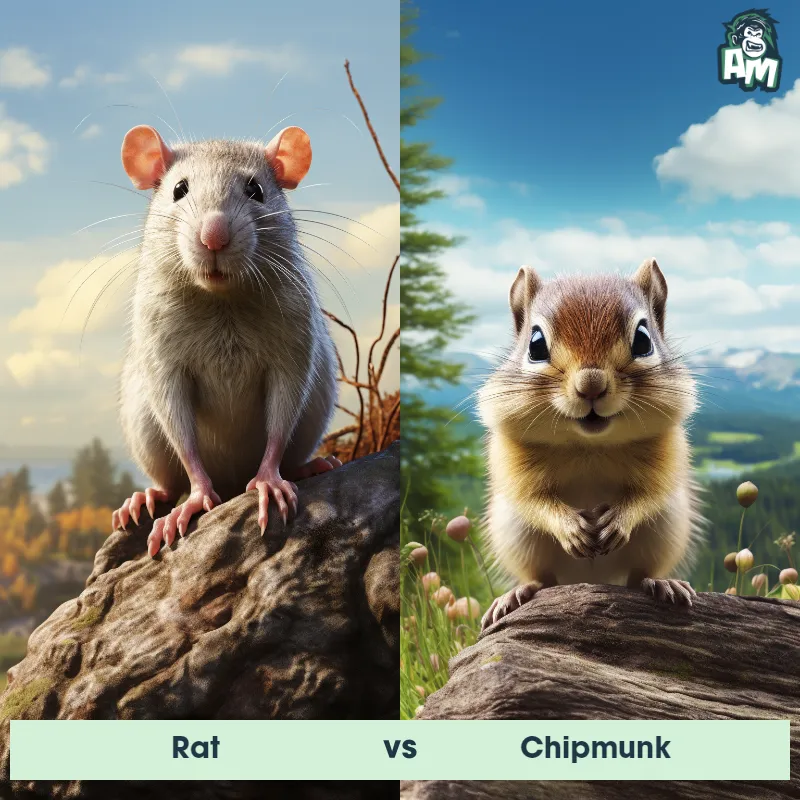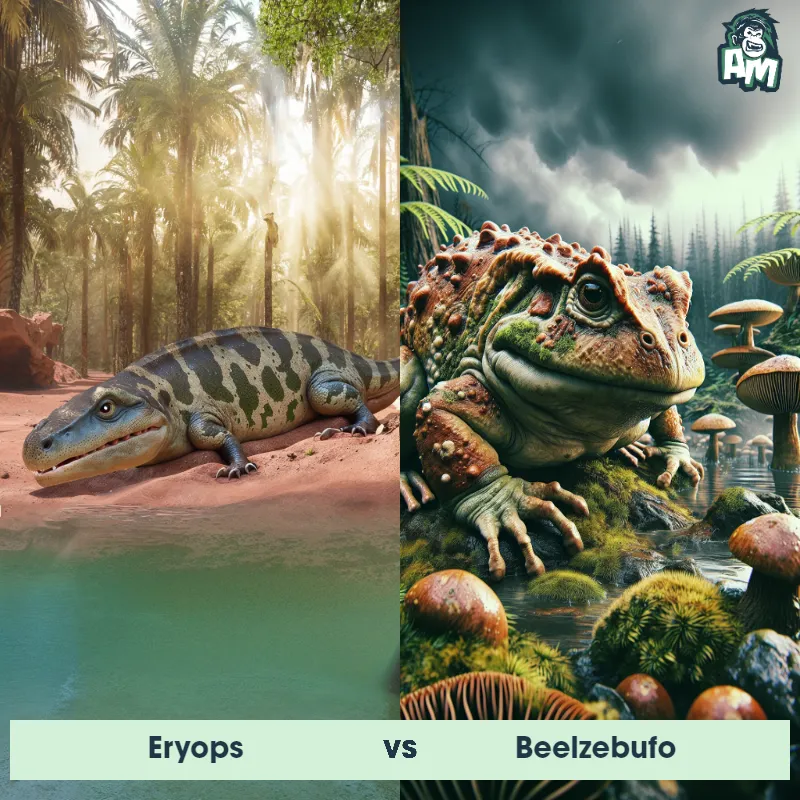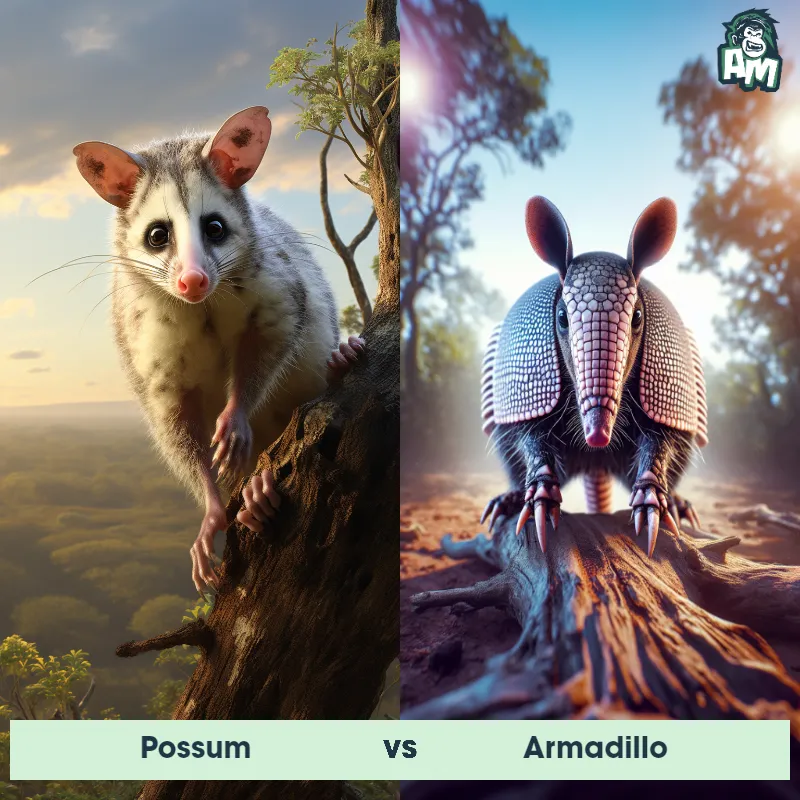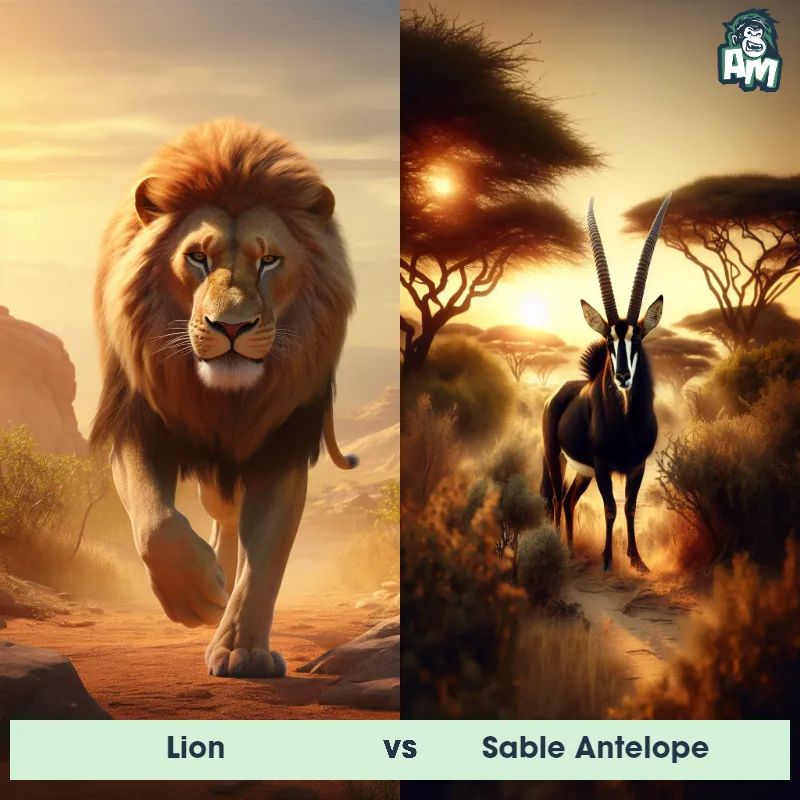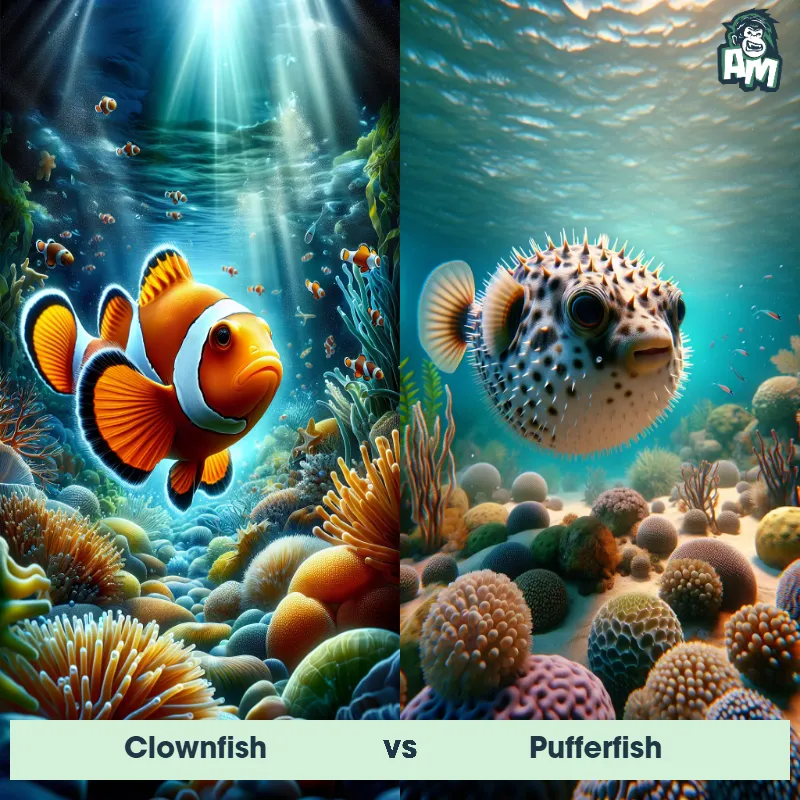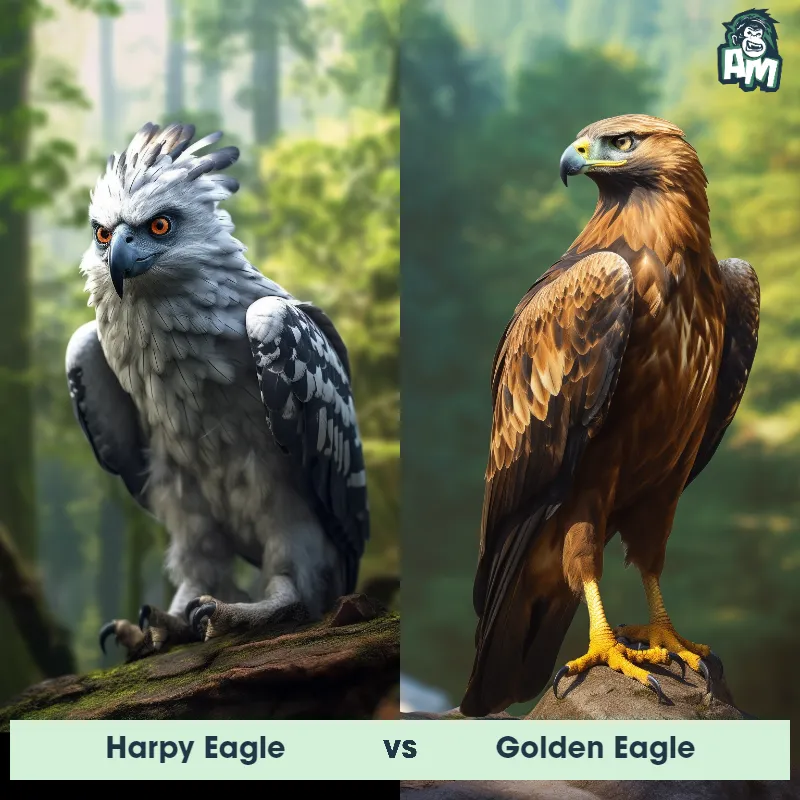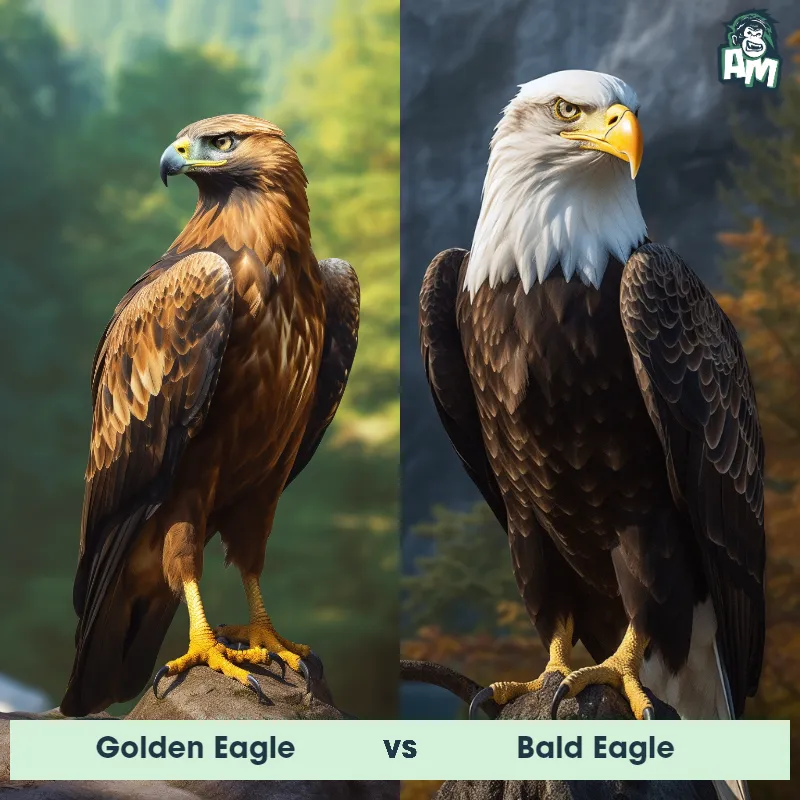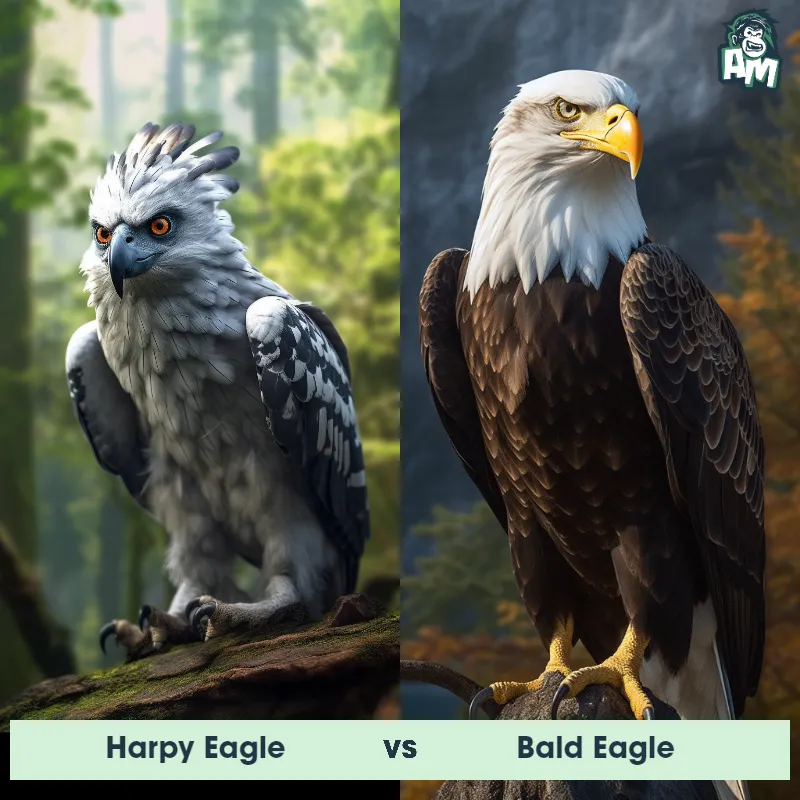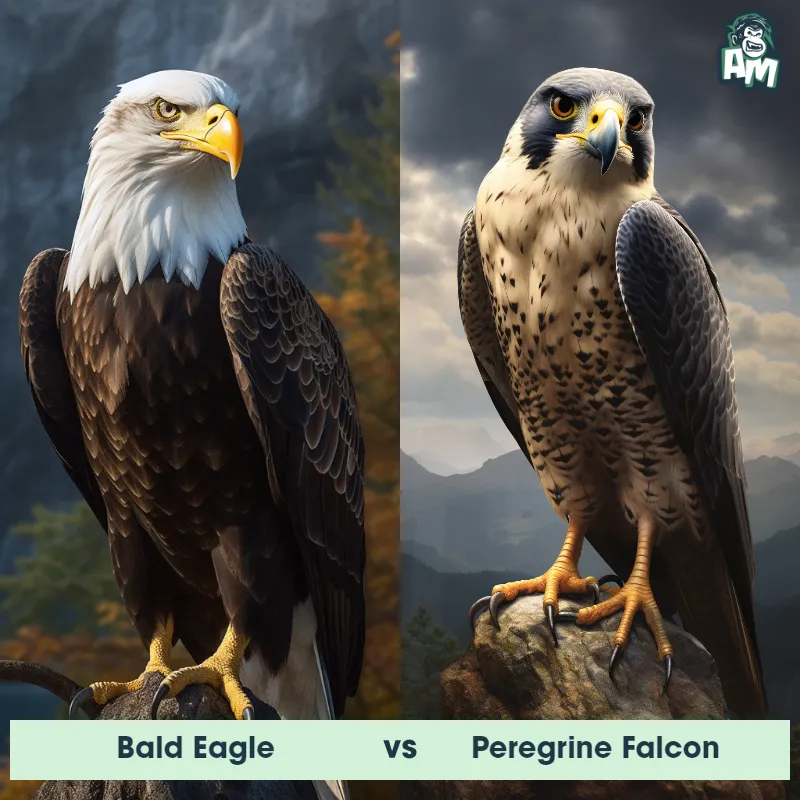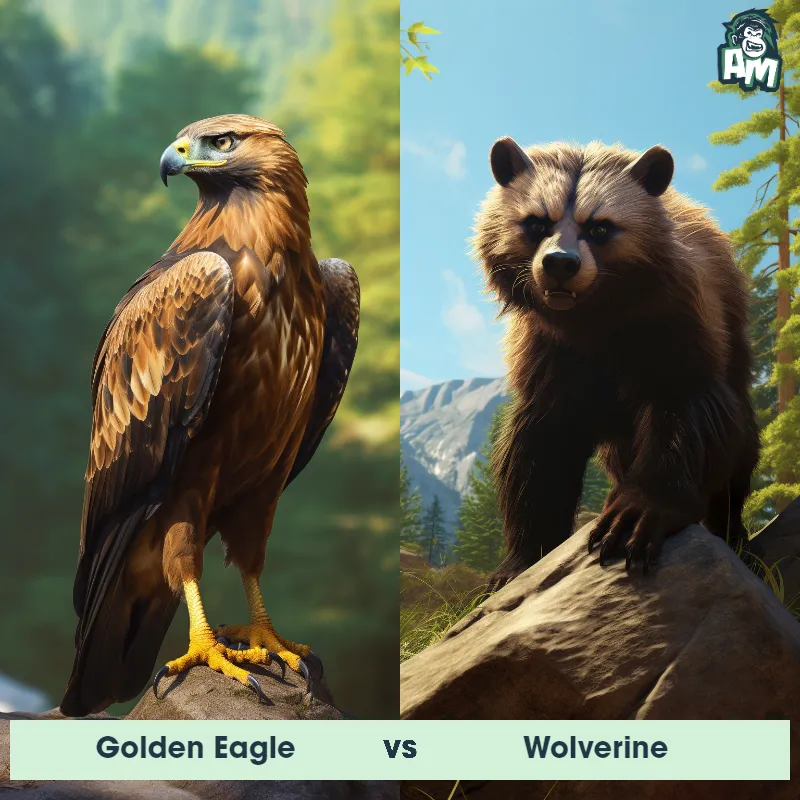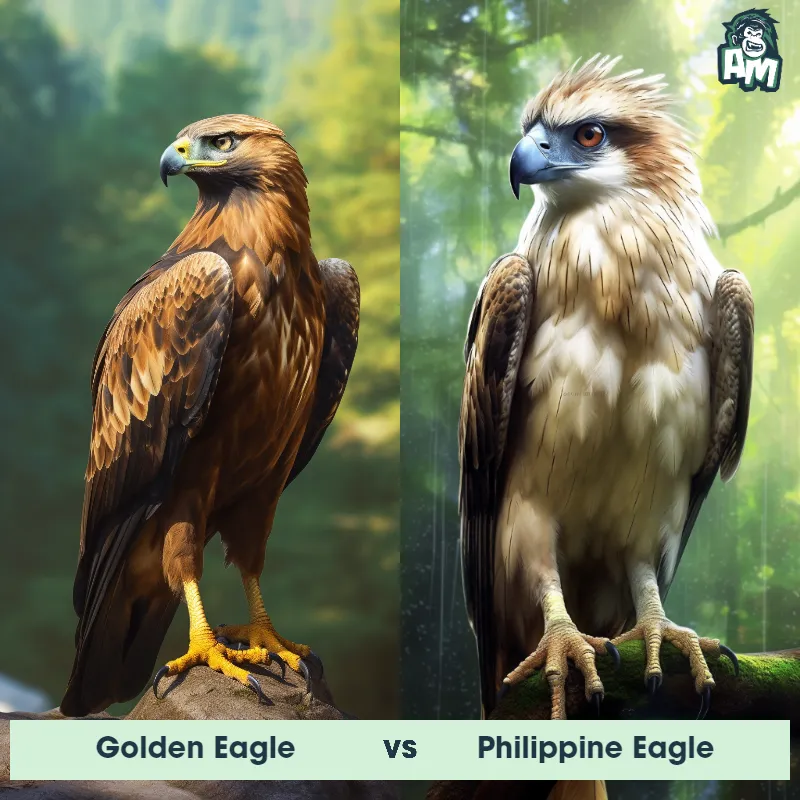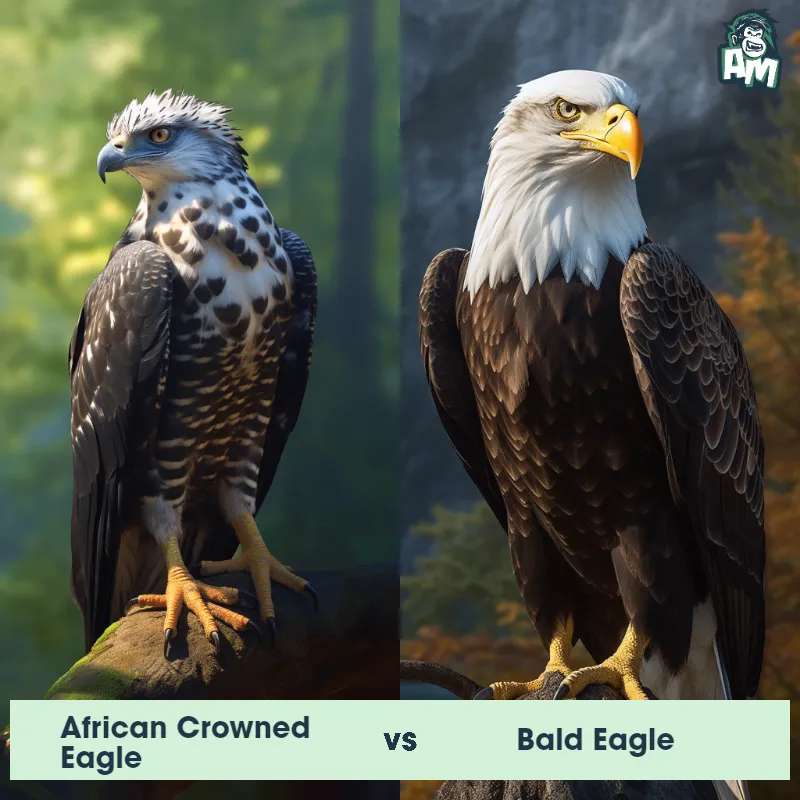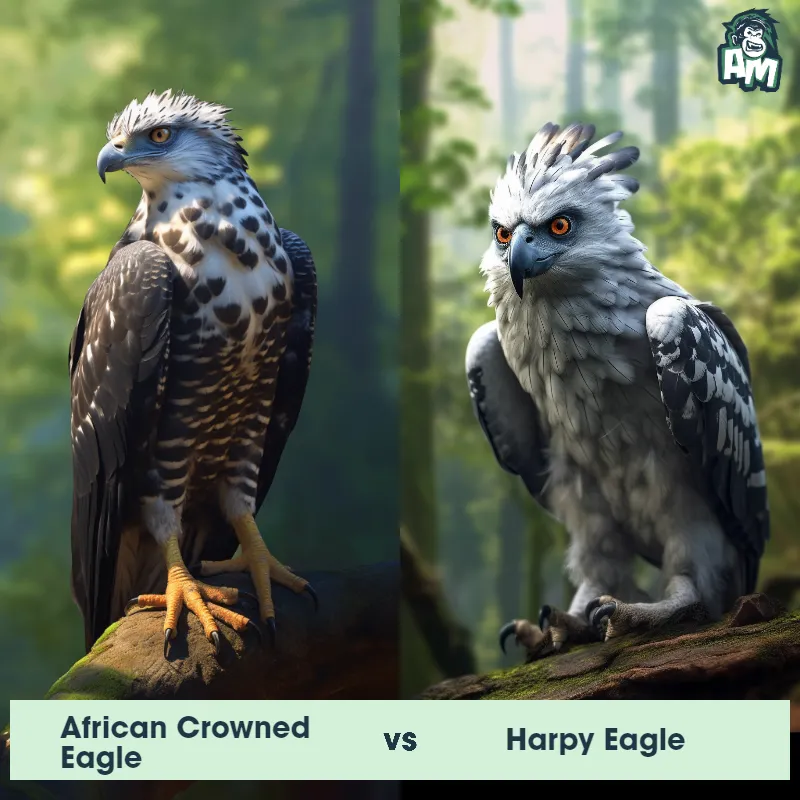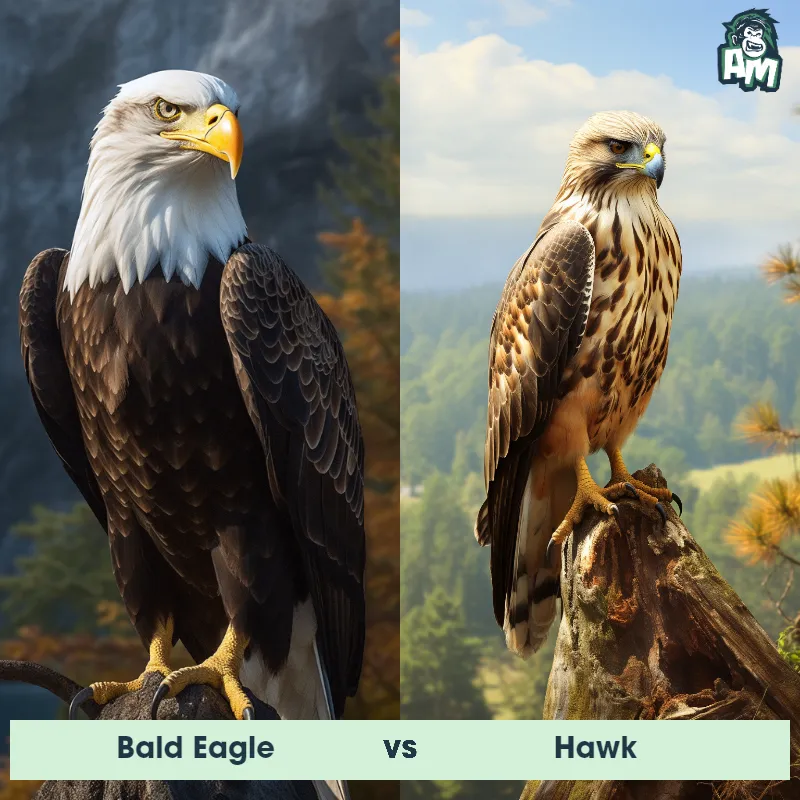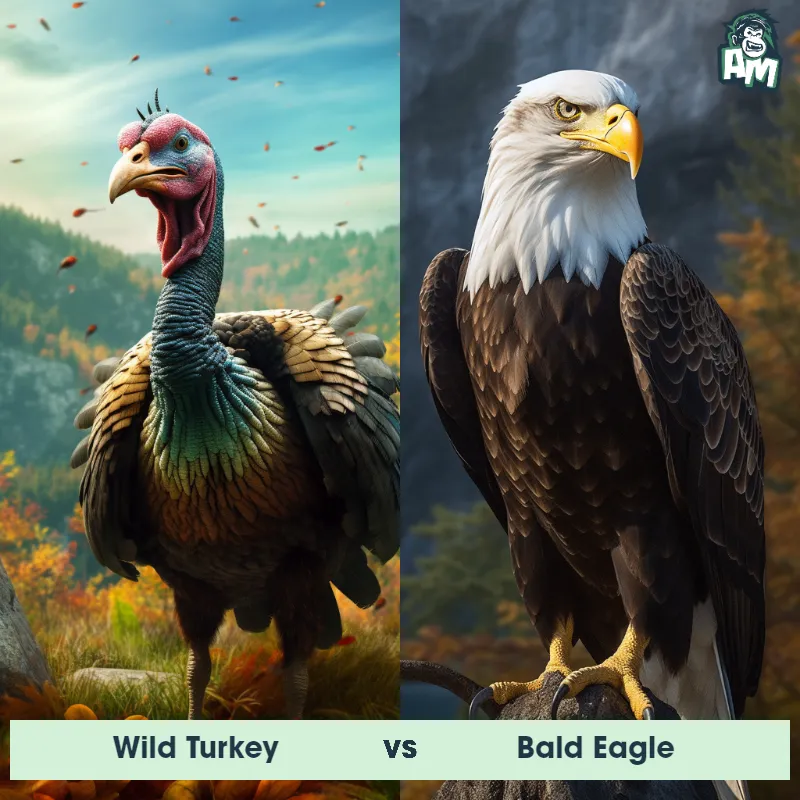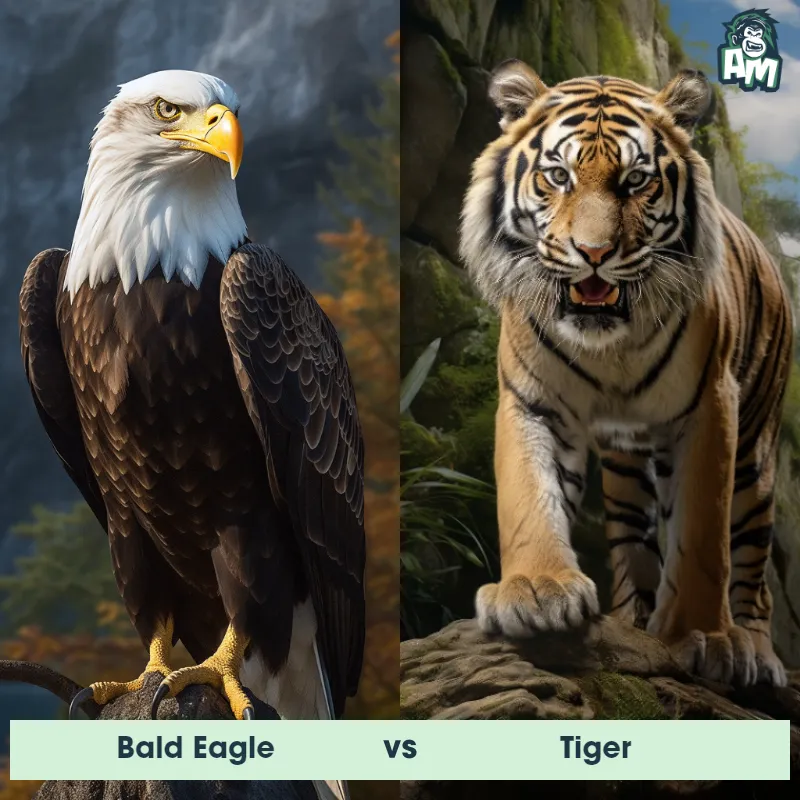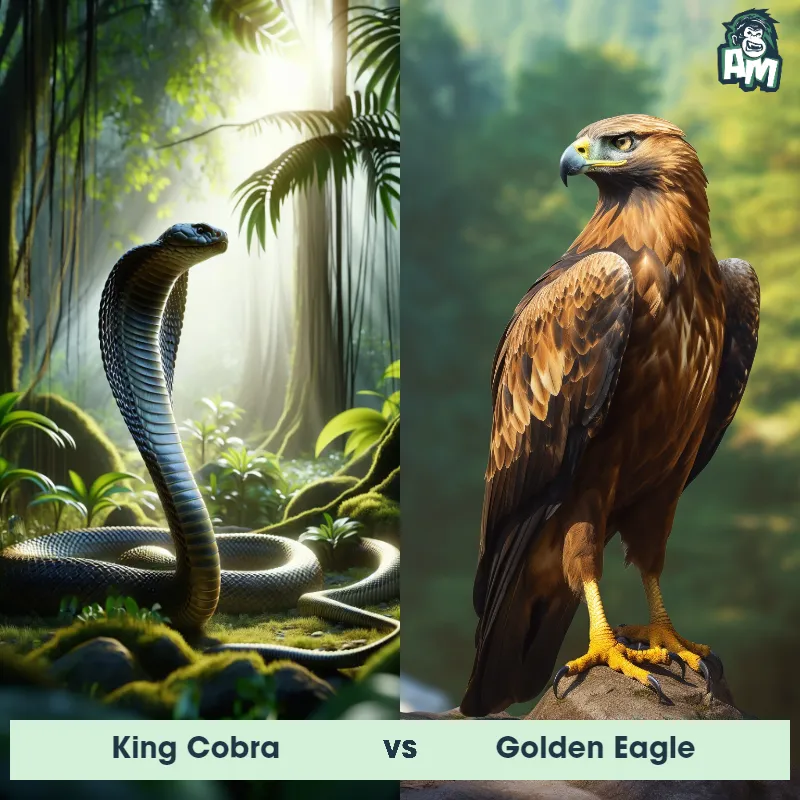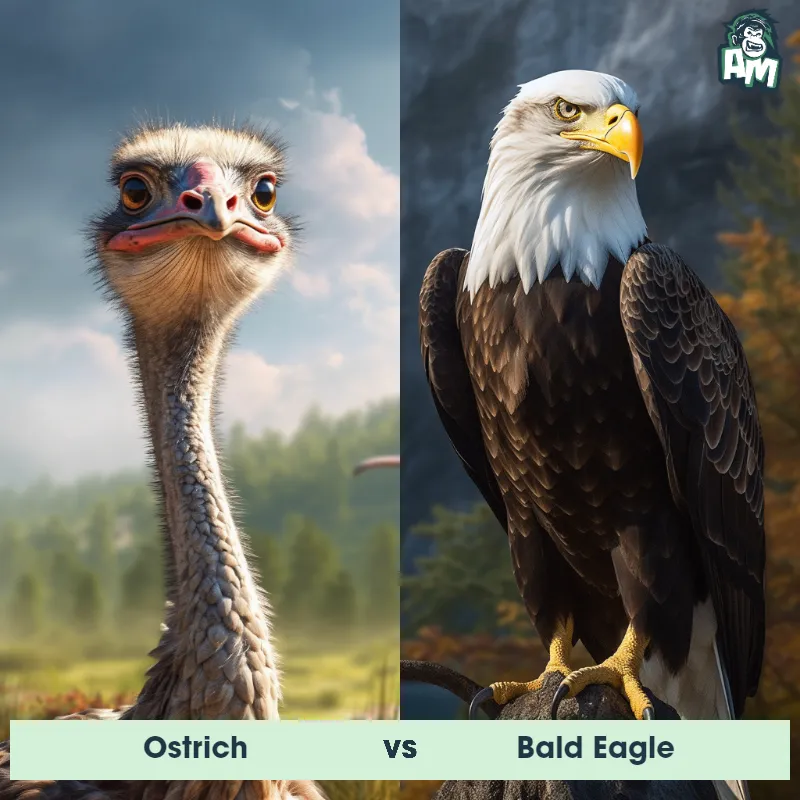Philippine Eagle vs Bald EagleSee Who Wins

Ladies and gentlemen, we have a thrilling aerial battle ahead of us between two of the world's most majestic birds of prey: the Philippine Eagle and the Bald Eagle. These powerful raptors are known for their incredible hunting abilities and agility in the air. Let's see who will emerge as the supreme avian in this exhilarating 3-round fight.
Contender 1: Philippine Eagle
The Philippine Eagle, also known as the monkey-eating eagle, is a large bird of prey that can grow up to 3 feet tall with a wingspan of up to 7 feet. It has a distinctive appearance with its dark brown feathers, white underbelly, and a shaggy crest of feathers on its head. The eagle's powerful talons and sharp beak make it a formidable hunter, and it primarily feeds on monkeys, flying squirrels, and other small mammals.
Fun Fact: The Philippine Eagle is one of the rarest and most endangered birds in the world, with only around 400 individuals remaining in the wild.
Contender 2: Bald Eagle
The Bald Eagle, also known as the American Eagle, is a bird of prey found in North America. It is known for its white head and tail feathers, dark brown body, and sharp talons. Bald Eagles have a wingspan of up to 7 feet and can weigh up to 14 pounds. They are known for their impressive hunting skills and can dive at speeds of up to 100 miles per hour to catch their prey.
Fun Fact: Bald Eagles are known for their impressive eyesight, which is four times better than that of a human. They can spot their prey from up to two miles away!
Matchup Stats
| Philippine Eagle | Bald Eagle | |
|---|---|---|
| Size | Up to 3 feet (91 cm) tall, wingspan up to 7 feet (213 cm) | Up to 3 feet (91 cm) in height and 7 feet (213 cm) in wingspan. Metric: Up to 91 cm in height and 213 cm in wingspan |
| Weight | Up to 20 pounds (9 kg) | Up to 14 pounds (6.4 kg). Metric: Up to 6.4 kg |
| Speed | Speed: 50 mph (80.47 km/hr) | Speed: 120 mph (193 km/hr) |
| Key Strength | Powerful talons and sharp beak | Sharp talons and powerful beak |
| Biggest Weakness | None | Vulnerable to larger predators such as bears and cougars |
Current Votes
Philippine Eagle vs Bald Eagle
See Who Wins
View More Matches
Looking For More?
Similar Matches
Scientific Stats
| Philippine Eagle | Bald Eagle | |
|---|---|---|
| Scientific Name | Pithecophaga jefferyi | Haliaeetus leucocephalus |
| Family | Accipitridae | Accipitridae |
| Habitat | Tropical forests | Near water bodies such as lakes, rivers, and coasts |
| Geography | Endemic to the Philippines | North America |
| Diet | Primarily monkeys, flying squirrels, and other small mammals | Fish, small mammals, and birds |
| Lifespan | 30 years - 60 years | 20 years - 30 years |
Key Differences between Philippine Eagle and Bald Eagle
- Beak: The Philippine Eagle has a large, curved, and powerful beak that is blue-gray at the base and yellow at the tip, while the Bald Eagle has a yellow beak that is hooked at the tip.
- Size: The Philippine Eagle is larger than the Bald Eagle, with a length of up to 3.3 feet and a wingspan of up to 7 feet, while the Bald Eagle has a length of up to 3 feet and a wingspan of up to 6.5 feet.
- Diet: The Philippine Eagle primarily feeds on monkeys, flying lemurs, and other small mammals, while the Bald Eagle feeds on fish, waterfowl, and small mammals.
- Habitat: The Philippine Eagle is found only in the Philippines, while the Bald Eagle is found in North America and parts of Eurasia.
- Eyes: The Philippine Eagle has blue-gray eyes, while the Bald Eagle has yellow eyes.
- Coloration: The Philippine Eagle has a dark brown body with white underparts and a shaggy crest, while the Bald Eagle has a brown body with a white head and tail.






